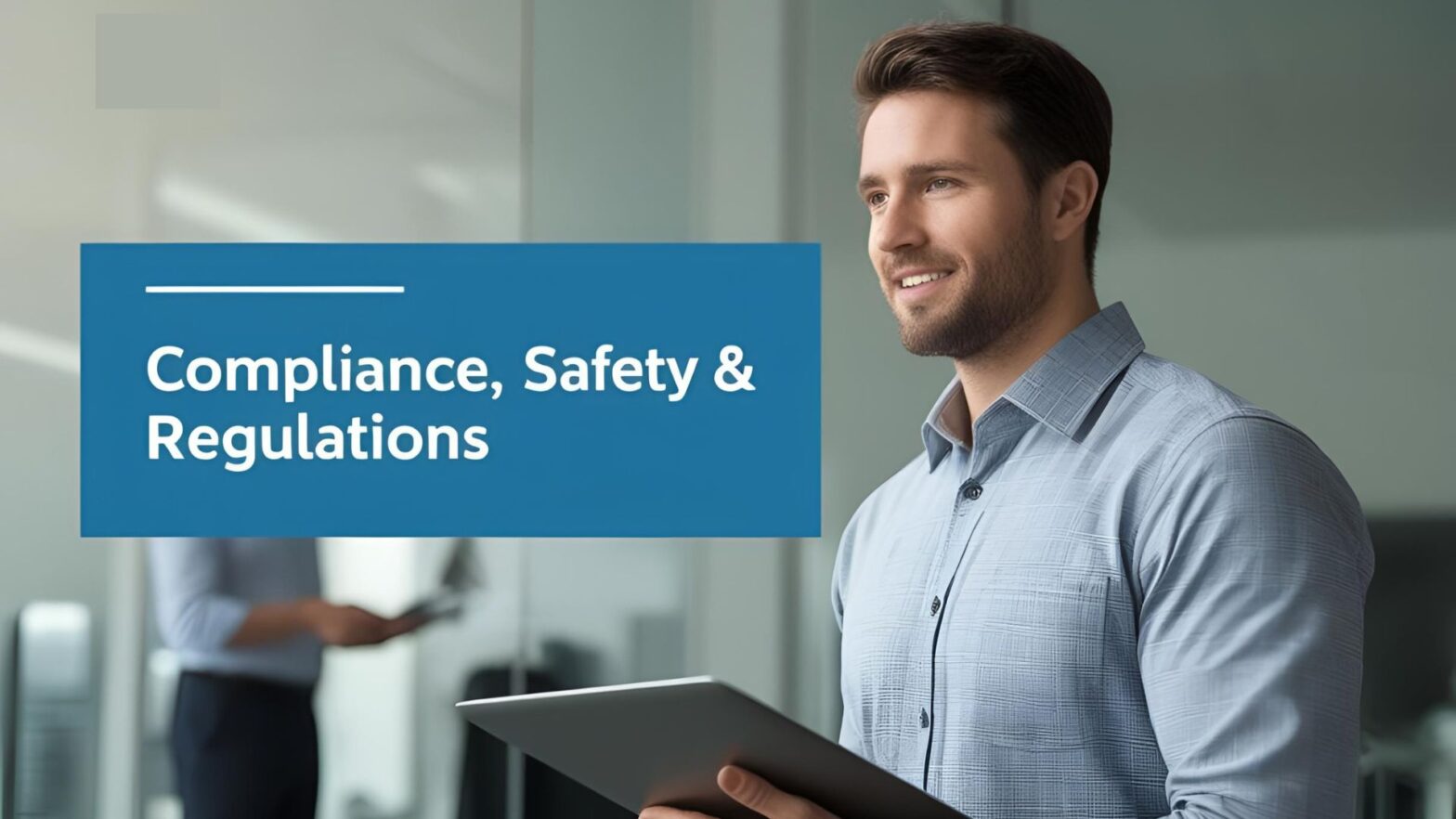Oversized building materials—like steel beams, long lumber, concrete panels, and trusses—require more than just a heavy-duty truck. Moving them legally and safely means complying with transport regulations that vary by state, weight, size, and even time of day.
Missing a step could lead to fines, delays, damaged cargo, or serious accidents. This checklist will help you ensure every oversized delivery meets compliance standards, keeps your crew safe, and protects your company from liability.
✅ 1. Know What Qualifies as “Oversized”
Before anything hits the road, confirm whether your load qualifies as oversized. In most U.S. states, the general limits for standard commercial transport are:
Width: 8’6” (102 inches)
Height: 13’6”
Length: 53 feet for a trailer, 65 feet for truck + trailer combo
Weight: 80,000 lbs (total gross vehicle weight)
Anything above these thresholds may require special permits, pilot vehicles, and specific routing.
✅ 2. Apply for Oversize Load Permits
Each state—and sometimes each municipality—has different permitting rules. Check:
Is a single-trip or annual permit needed?
Does the permit cover the full route?
Are there time-of-day or weather restrictions for travel?
Will the load cross state lines or require coordination with local DOT offices?
Apply early, especially if your delivery is time-sensitive or includes high-demand materials.
✅ 3. Use the Right Vehicle and Equipment
Oversized materials need more than a flatbed. Ensure your rig is equipped with:
Wide-load or extended trailers (lowboys, stretch trailers, or beam trailers)
Load supports, braces, and tie-downs rated for the product type and weight
Reflective banners and “Oversize Load” signage (front and rear)
Properly functioning brakes, lights, and warning systems
And don’t forget to inspect every piece of gear before departure.
✅ 4. Ensure Load Securement Meets DOT Standards
Improperly secured materials are one of the leading causes of accidents involving building loads. Be sure your team:
Uses DOT-approved chains, straps, or binders
Checks anchor points and edge protectors to prevent slippage or cuts
Conducts a final walkaround inspection and documents it
Stops for periodic load checks during transport, especially after the first 50 miles
This isn’t just best practice—it’s a legal requirement.
✅ 5. Schedule Pilot/Escort Vehicles if Required
Some oversized loads require pilot cars or escort vehicles, especially if:
The width exceeds 12 feet
Height limits require careful navigation under bridges or wires
The route includes sharp turns, narrow lanes, or city streets
Pilot vehicle requirements vary by jurisdiction, so confirm this during permit application.
✅ 6. Train Drivers on Oversize Load Protocols
Even experienced CDL drivers need specific training for hauling oversized materials. Be sure your drivers understand:
How to read and follow permit instructions
The designated route and detour plans
Communication procedures with pilot vehicles
What to do in case of breakdown or emergency stop
Speed limits and turning radius adjustments
Pair training with written SOPs to keep everyone aligned.
✅ 7. Plan Routes with Restrictions in Mind
Not all roads are oversize-friendly. Watch for:
Low-clearance bridges
Weight-restricted roads or seasonal bans
Construction zones
Narrow local access points near job sites
Use mapping tools that consider oversize restrictions, and verify the route with local DOTs if needed.
✅ 8. Maintain Transport and Safety Records
Stay compliant and audit-ready by keeping documentation on file:
Active permits for each trip
Driver certifications and training logs
Pre-trip inspection reports
Incident logs and securement checklists
Any pilot vehicle contracts or communication logs
Modern ERP systems or fleet management tools can help track this digitally.
Final Thought
Transporting oversized building loads safely isn’t just about muscle—it’s about method. When you follow a documented process that checks all the regulatory boxes, you minimize risk, maximize efficiency, and ensure every load arrives safely and legally.


